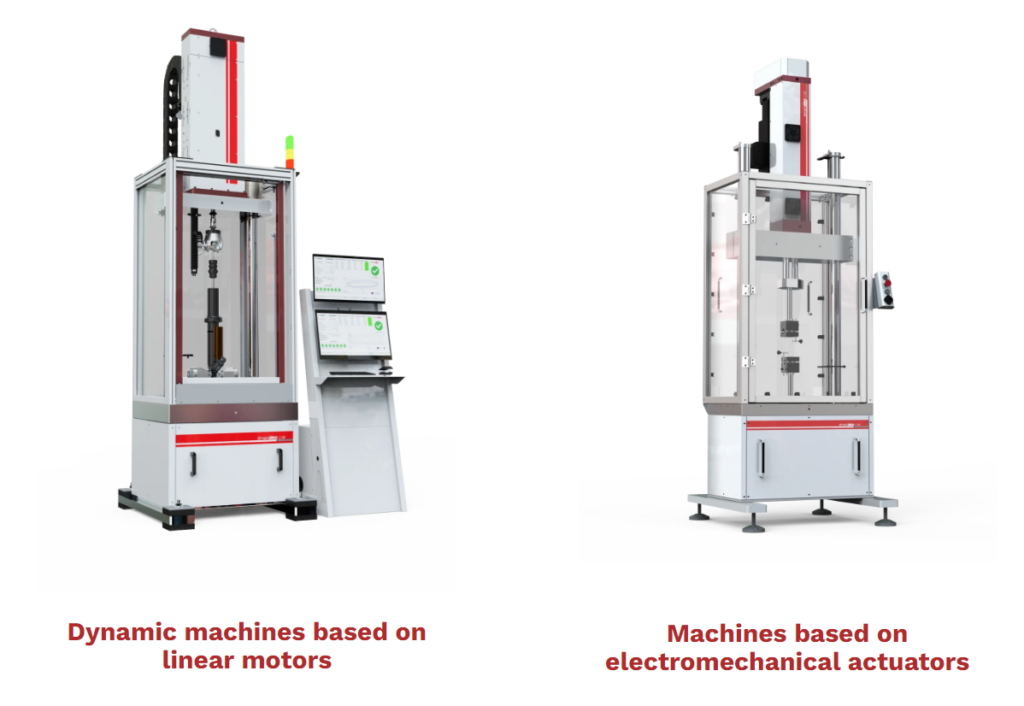
The crucial role of fatigue testing for 3D printed components and materials in dynamic applications.
In recent years, 3D printing technology has revolutionized the manufacturing industry by offering innovative solutions and the ability to create complex and customized components.
This technology has found applications in various industries, from aerospace and automotive to healthcare and consumer goods.
However, when it comes to dynamic applications, where components are subjected to repeated stress and movement, ensuring their reliability and performance becomes critical. This is where dynamic fatigue testing plays a pivotal role.
Understanding dynamic fatigue
Dynamic fatigue refers to the mechanical behavior of materials under the influence of cyclic loading, which can include tension, compression, torsion, or a combination of these forces.
In dynamic applications, such as aircraft components, automotive parts, or prosthetics, 3D printed components must withstand repetitive forces and movements.
Fatigue testing simulates these real-world conditions and evaluates a component’s ability to endure such stress without failure.
The need for dynamic fatigue testing
- Assessing Long-Term Reliability: Components in dynamic applications are expected to have a long service life. Dynamic fatigue testing helps predict the lifespan of 3D printed parts by subjecting them to thousands or even millions of load cycles. This enables engineers to determine whether a component will endure the rigors of its intended use.
- Optimizing Design: By subjecting 3D printed components to fatigue testing, engineers can identify weak points and design flaws early in the development process. This information is invaluable for making design modifications that enhance a component’s durability.
- Quality Assurance: Manufacturers and users alike need to have confidence in the safety and reliability of 3D printed parts. Dynamic fatigue testing is a critical quality control measure to ensure that components meet industry standards and regulations.
- Materials Assessment: 3D printing allows for the use of a wide range of materials, each with different properties. Dynamic fatigue testing helps determine which materials are best suited for dynamic applications, ensuring that the chosen material can withstand cyclic loading without degradation.
- Cost Savings: Identifying potential issues through dynamic fatigue testing during the design and testing phase can help avoid costly failures in real-world applications, reducing maintenance, downtime, and replacement costs.
Conclusion
In dynamic applications, the performance of 3D printed components is of paramount importance. Dynamic fatigue testing provides engineers and manufacturers with the insights needed to ensure these components can withstand the repetitive stresses they will encounter.
As 3D printing technology continues to advance, integrating robust testing procedures like dynamic fatigue testing will be key to unlocking the full potential of 3D printed components in dynamic applications, guaranteeing safety, longevity, and performance.
Do you have a need for dynamic fatigue testing? If yes, we have the solution!